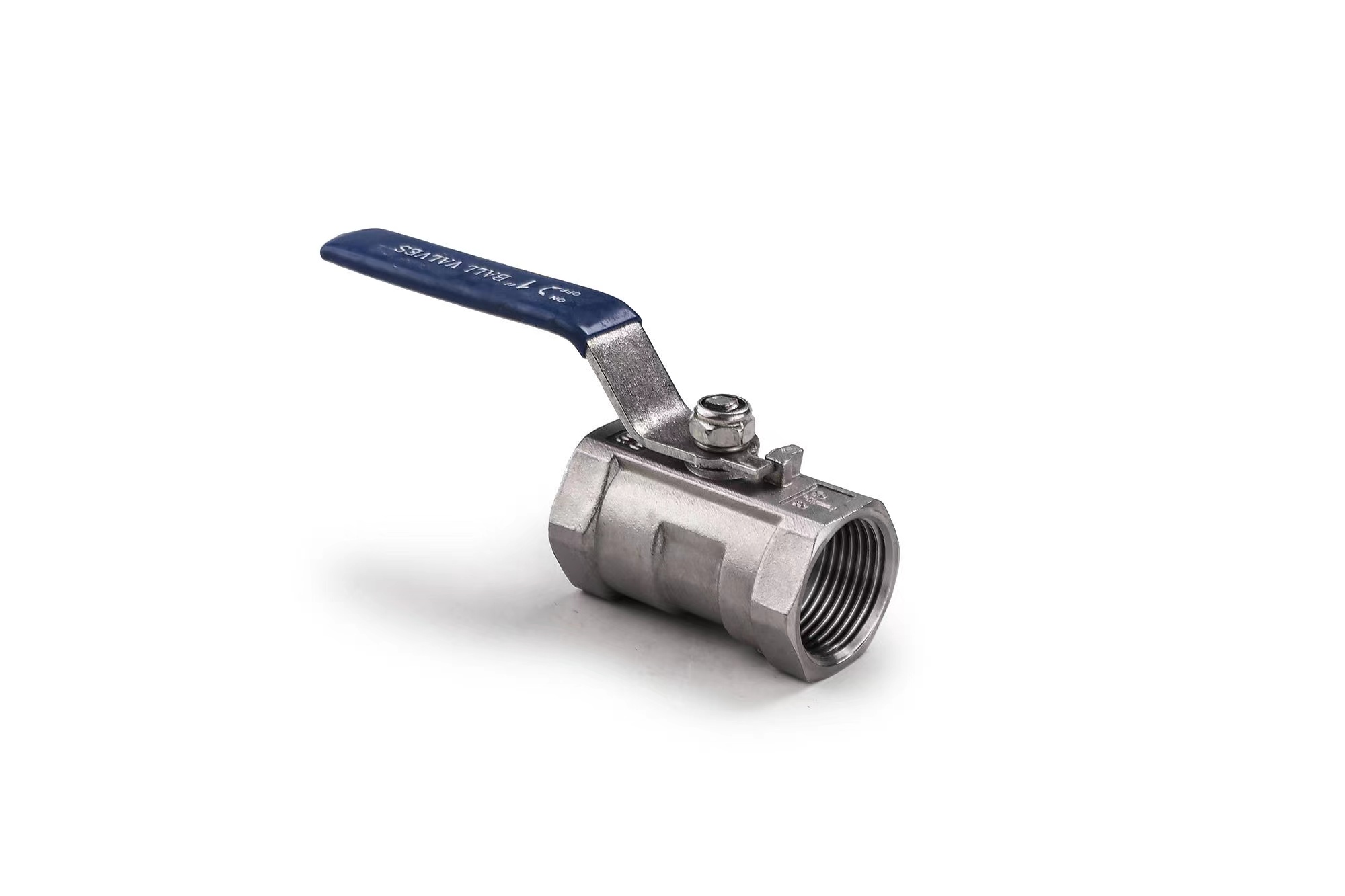The pipe thread is primarily used for connecting pipes, ensuring a tight fit between the internal and external threads. There are two types: straight pipe and taper pipe.
Common types of pipe threads include the following:
(1) NPT stands for National (American) Pipe Thread. It is a 60-degree taper pipe thread that belongs to the American standard and is used in North America. The Chinese standard can be found in GB/T12716.
(2) PT (BSPT) stands for Pipe Thread. It is a 55-degree sealing taper pipe thread and belongs to the Whitworth thread family. It is commonly used in Europe and Commonwealth countries, especially in the water and gas pipe industry. The taper ratio is 1:16. The Chinese standard can be found in GB/T7306. It is also referred to as ZG domestically.
(3) G refers to a 55-degree non-sealing cylindrical pipe thread, also part of the Whitworth thread family. The marking “G” represents cylindrical threads. The Chinese standard can be found in GB/T7307.
Metric Threads and Imperial Threads
Metric threads are specified by pitch, while imperial threads in the US and UK are specified by the number of threads per inch.
Metric threads have a 60-degree equilateral tooth profile, UK threads have a 55-degree isosceles tooth profile, and American threads have a 60-degree isosceles tooth profile.
Metric threads use metric units (such as mm), while American and British threads use imperial units (such as inches).
Industry professionals often refer to thread sizes using “points”. One inch equals 8 points, so 1/4 inch is 2 points, and so on.
There are additional standards for threads: ISO for metric threads (60 degrees), UN for unified threads (60 degrees), API for American petroleum pipe threads (60 degrees), and W for British Whitworth threads (55 degrees).
NPT, PT, and G are all types of pipe threads.
NPT stands for National (American) Pipe Thread. It is a 60-degree tapered pipe thread and is part of the American standard. It is used in North America. The national standard can be found in GB/T12716.
PT stands for Pipe Thread. It is a 55-degree sealing tapered pipe thread and belongs to the Whitworth thread family. It is commonly used in Europe and Commonwealth countries, especially in the water and gas pipe industry. The taper ratio is 1:16. The national standard can be found in GB/T7306.
G refers to a 55-degree non-thread sealing cylindrical pipe thread, also part of the Whitworth thread family. The marking ‘G’ represents cylindrical threads. The national standard can be found in GB/T7307.
Additionally, the markings like 1/4, 1/2, 1/8 indicate the diameter of the thread size, in inches. In the industry, professionals often refer to thread sizes using ‘points.’ One inch is divided into 8 points, so 1/4 inch is 2 points, and so on. G is a general term for pipe threads (Guan), and the division into 55 and 60 degrees is functional. It is colloquially known as pipe rounds. This means the threads are machined from a cylindrical surface.
ZG, commonly known as pipe taper, means the threads are machined from a conical surface. Most standard water pipe joints are like this. The national standard is marked as Rc. Metric threads are represented by pitch, and American threads have a 60-degree profile. Metric threads use metric units, while American and British threads use imperial units. Pipe threads are primarily used for pipe connections, ensuring a tight fit between the internal and external threads, with both straight and tapered options. Nominal diameter refers to the diameter of the connected pipe, and it’s clear that the thread diameter is larger than the nominal diameter. 1/4, 1/2, 1/8 are the nominal diameters of imperial threads, measured in inches.

